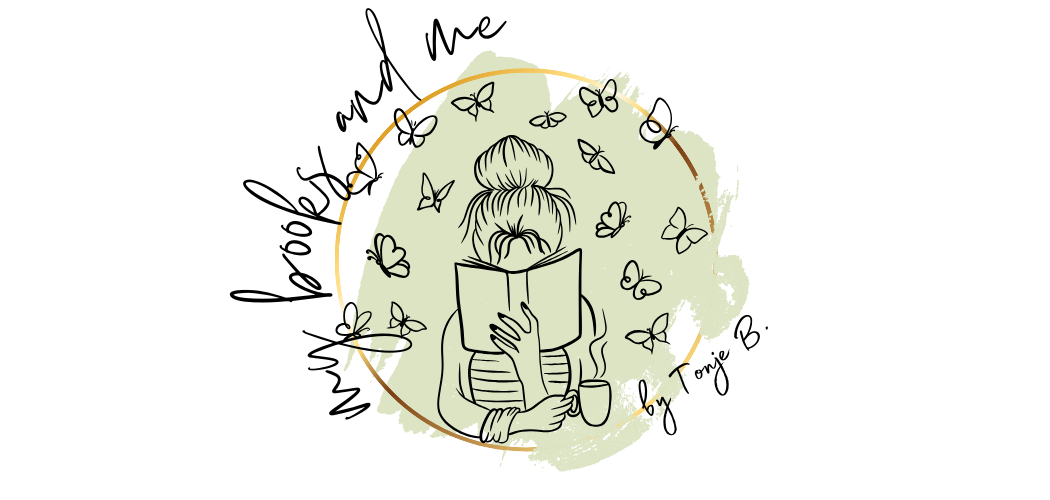.png)
I am a firm believer in reading books in their original language if possible, though I definitely understand my own limitations in that regard. Being Norwegian, I am fortunate enough to be able to read and understand books in both English, Swedish and Danish in addition to my mother tongue, but there was this one time I tried branching out. One time - just one time - I actually read an entire book in Japanese.
If you've read my bio, you already know that I studied abroad in Japan for a time during my university years, so the language itself wasn't completely foreign to me. At the very end of my first semester in Japan, one of our teachers gave us an assignment: Read a book in Japanese, and write a summary of what you just read. It might sound too simple for a university level assignment, but at the time we'd only been studying the language for about 1.5 years, so our knowledge of Japanese kanji was still fairly limited. While the majority of my classmates immediately headed for the children's section of the local bookstore to look for books aimed at kids in the 7-9 age range, my friend Katinka and I had a different idea. We wanted to challenge ourselves, but at the same time we also knew that comprehension wise we weren't quite ready for a regular novel. And so we headed for the keitai shōsetsu aisle.
If you're not familiar with the genre, a keitai shōsetsu (direct translation: cell phone novel) is a novel originally written and published on a cell phone. It started as a purely Japanese phenomenon, but eventually spread to other countries as well. Typical traits for these cell phone novels are short chapters due to character limitations, some kind of romance story line, and most importantly: Light and easy writing, as these types of novels are usually authored by young females in their late teens/early twenties. While most of the novels were only ever published in their original mobile format, the more popular ones were sometimes traditionally published, and it was these books Katinka and I went looking for that day.
My pick was a book named「空」(Sora, meaning sky) by Chaco. I didn't read the full synopsis, but leafing through the pages it seemed to match my criteria. Short sentences, short chapters. No more than 130 pages. Seemed doable. And so I bought the book and headed home. Armed with my trusy electronic dictionary (a necessity at the time), I sat down to read.
I had no idea what I was in for!
As it turned out, I had unwittingy bought the biggest tear-jerker I've ever read. The book follows a teeneager named Sayo, who loses her boyfriend in a motorcycle accident, and struggles to come to terms with her loss. It was literally 30 pages of lovey-dovey happiness, followed by 100 pages of raw, unadulterated pain. I have never cried so much from reading a book as I did with this one. I don't know if it was the somewhat juvenile language that did it, but Sayo's pain felt so real. I felt it deep in my bones. It was absolutely horrible! I cried so much I could barely see the page in front of me. After several nights of this, I did eventually manage to get through the book, but my soul was forever scarred.
And that, my friends, was the only time I read a book in Japanese.
I guess the moral of the story is this: Read the synopsis. It might save you a world of pain.



No comments:
Post a Comment
Thank you for visiting my blog. Comments are always appreciated.